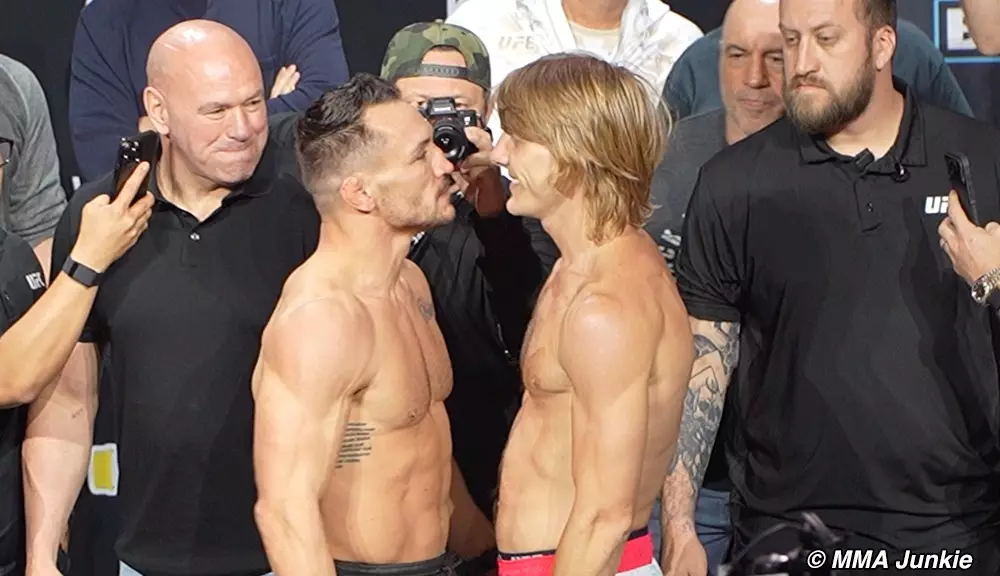In the fast-paced world of Mixed Martial Arts (MMA), how fighters are paid and rewarded has significantly evolved, particularly seen in the recent UFC 314 event, where the total payout under the UFC Promotional Guidelines Compliance program reached an impressive $300,500. This event, taking place at the Kaseya Center, is not just another fight night; it illustrates a broader shift in the way athletics and the entertainment world intersect, ultimately benefiting those who dare to step into the octagon.
Historically, UFC fighters faced immense financial adversity, often struggling for sufficient earnings despite risking their health and well-being. However, the introduction of the UFC Promotional Guidelines Compliance program has unveiled a multilevel compensation structure that reflects a fighter’s experience, thereby setting a standardized approach that has far-reaching implications for the sport.
Understanding the Payout System
The new payout system granulates earnings based on not just the number of UFC bouts but also historical performances in Zuffa-era organizations like WEC and Strikeforce. In a nutshell, fighters now enjoy financial benefits that correlate with their level of commitment and experience. From $4,000 for new entrants to a staggering $42,000 for champions, the scale acknowledges the sacrifices these athletes make.
But it gets better. In a groundbreaking move, the program also introduces royalty payments based on merchandise sales that feature a fighter’s likeness, a lucrative opportunity that was previously missing in the UFC landscape. This essentially means that a fighter’s popularity can translate into more than just win bonuses; it can yield long-term financial security, a true game-changer in the arena of athlete empowerment.
A Closer Look at UFC 314 Earnings
Analyzing the specific earnings from UFC 314 reveals a promising landscape for fighters engaging in combat sports. Top names such as Alexander Volkanovski and Diego Lopes each took home $32,000, a sizeable amount that reflects their drawing power and rank. Meanwhile, rising stars like Paddy Pimblett and Jean Silva showcased the potential for newcomers to carve out their fortunes as well.
The tiered payment approach appropriately rewards fighters based on experience, making participation in the UFC not just a career but a sustainable endeavor. For the first time, they have a clearer path to financial stability that both encourages participation and nurtures talent. With the pay structure now transparent and geared towards fair compensation, the risks associated with fighting may feel slightly more rewarding for athletes.
Future Implications for MMA Athletes
Indeed, as we examine the overall earnings reported from UFC events, including past fights such as UFC on ESPN and UFC Fight Nights, it’s clear that the financial infrastructure surrounding MMA is strengthening. The shift to equitable pay is more than just a numbers game—it reflects a recognition of the athletes as brand ambassadors in their own right. Moreover, these advancements may inspire not just current fighters but upcoming generations to engage with the sport, knowing that their passion could lead to financial growth.
This transformation in earnings within the UFC represents a positive trajectory that benefits fighters and reinforces the sport’s integrity. With both a livelier compensation package and the potential for ongoing royalties, it seems that the landscape of professional fighting is not just evolving—it’s thriving.

